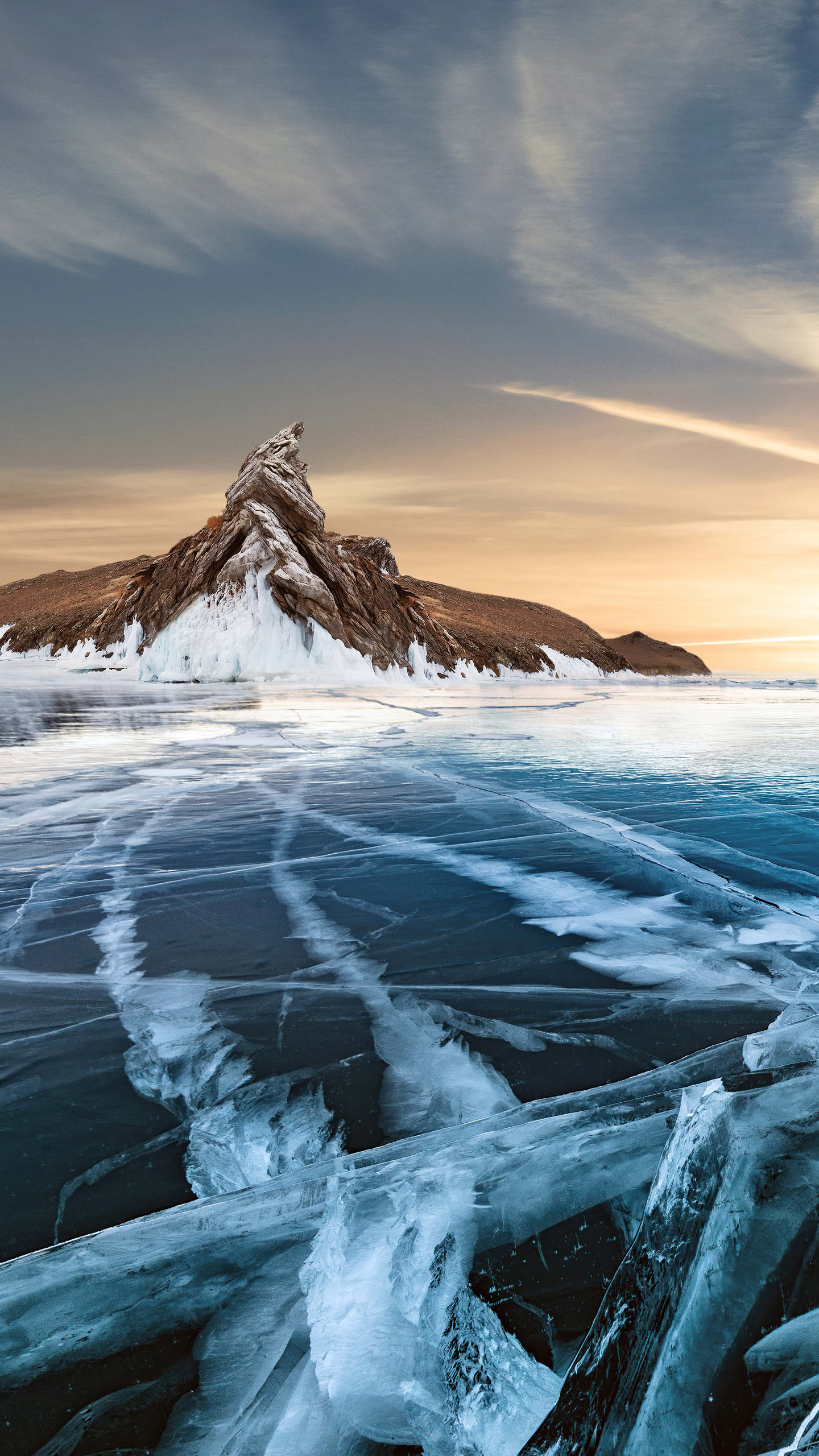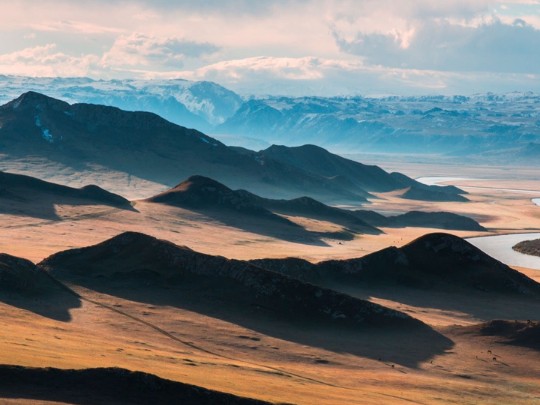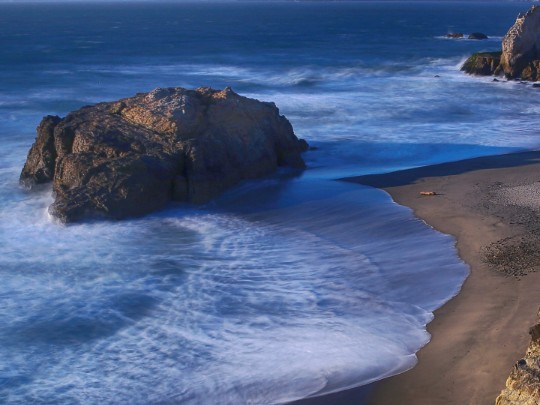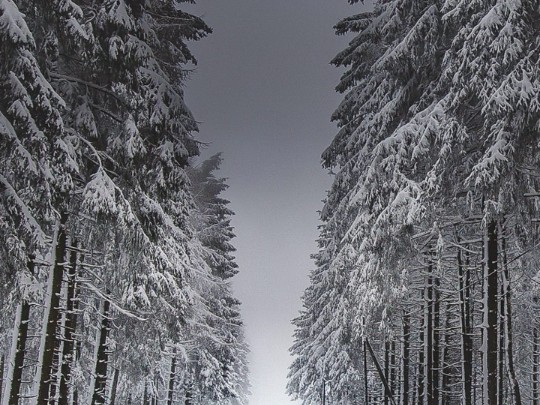Giants of the Ocean: Unveiling the Secrets of Icebergs and Frozen Landscapes

The frozen world holds a captivating allure – a realm of stark beauty, immense power, and critical importance to our planet's health. From the serene, mirror-like surface of a winter lake to the awe-inspiring scale of a glacial expanse, ice formations have profoundly shaped Earth's landscapes for millennia. But the iceberg, a colossal chunk of freshwater ice adrift in the ocean, remains one of the most mesmerizing and impactful features of this frozen domain.
The Birth of a Giant: Iceberg Formation
Icebergs aren't born overnight. They are the result of a slow, deliberate process, originating as part of glaciers – massive rivers of ice that flow inexorably towards the sea. Over decades, even centuries, these glaciers calve, or break off, releasing enormous chunks of ice that become icebergs. These floating giants embark on silent journeys across the ocean, their immense size and sculpted forms a breathtaking spectacle for those fortunate enough to witness them.
More Than Just Beauty: The Ecological Significance of Icebergs
While undeniably beautiful, icebergs are far more than just scenic wonders. They play a vital role in regulating ocean currents and influencing global climate. As they drift and melt, they release vast quantities of freshwater into the ocean, impacting salinity levels – a crucial factor in ocean circulation patterns. This freshwater influx also contributes to rising sea levels, a pressing concern in the face of climate change. Scientists are meticulously studying these changes to better predict future impacts.
Understanding Ice Surfaces: A Science of Stability and Reflection
The characteristics of ice surfaces – their thickness, stability, and reflectivity (albedo) – are essential for a wide range of activities, from recreational ice fishing to groundbreaking polar exploration and scientific research. The reflectivity of ice, for example, plays a key role in Earth's energy balance. Thicker, older ice tends to be more stable, but climate change is impacting ice thickness and stability globally, presenting new challenges for those who rely on it.
Scientific Insights: What Icebergs Tell Us
Scientists are increasingly turning to icebergs as valuable sources of information. By studying their composition, movement, and melting patterns, researchers gain insights into glacial behavior, the rate of climate change, and the complex interplay of forces that shape our planet's frozen regions. Analyzing the ice within icebergs provides a historical record of past climate conditions, offering clues about future trends. The glistening expanse of an ice surface and the silent journey of an iceberg offer a profound glimpse into both the power and the fragility of our planet’s frozen landscapes, urging us to understand and protect these vital ecosystems.






